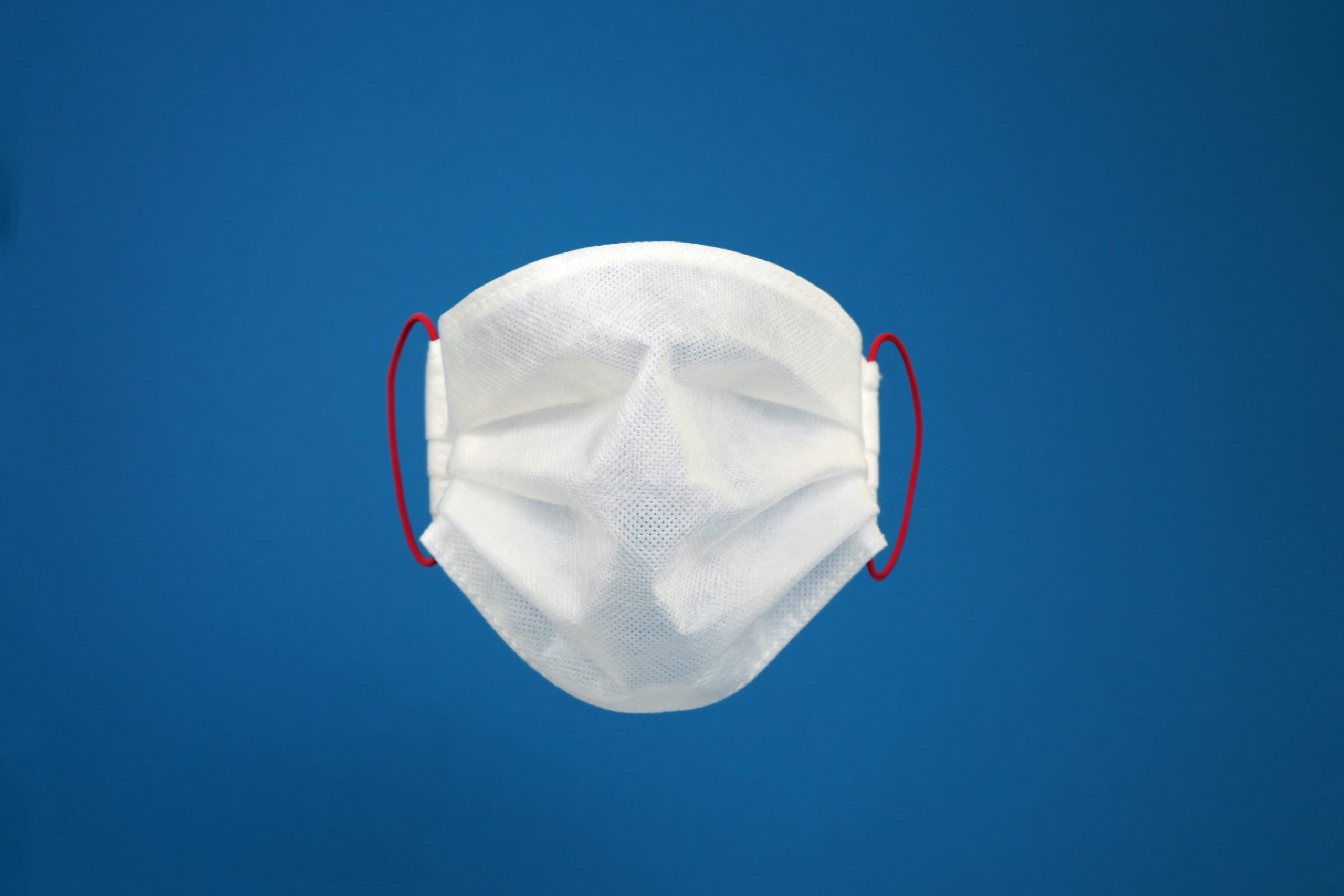In the wake of the COVID-19 pandemic, the importance of sterilization has become more evident than ever.
Sterilization is the process of killing or removing all forms of life, including bacteria, viruses, and fungi, from an object or surface. It is an essential step to ensure the safety and effectiveness of equipment, tools, and products, especially in industries such as healthcare, pharmaceuticals, and food processing.
In this article, we will explore some modern sterilization technologies and their applications, including plasma sterilization, UV-C sterilization, etc. These advanced methods provide a safe and effective way to ensure that equipment, tools, and products are free of contaminants and meet the highest standards of cleanliness and safety.
Plasma sterilization
Plasma sterilization is a relatively new method that uses plasma, a gas made up of ions and free electrons, to kill microorganisms. It is a chemical-free method that is highly effective at sterilizing a wide range of materials, including medical devices, pharmaceuticals, and food packaging. Plasma sterilization is often used to sterilize heat-sensitive materials, as it does not rely on heat to kill microorganisms. It is also relatively quick and efficient, with many devices able to sterilize a batch of items in just a few minutes.
UV-C sterilization
UV-C sterilization is a method that uses UV-C light, a type of ultraviolet light with a short wavelength, to kill microorganisms. It is a chemical-free method that is highly effective at sterilizing surfaces, air, and water. UV-C sterilization is commonly used in hospitals, laboratories, and other settings where sterile conditions are required, as it can kill a wide range of microorganisms, including bacteria, viruses, and fungi. It is also relatively quick and efficient, with many devices able to sterilize a surface or room in just a few minutes.
Ozone sterilization
Ozone sterilization is a method that uses ozone, a highly reactive form of oxygen, to kill microorganisms. It is a chemical-free method that is highly effective at sterilizing surfaces and water and is often used in the food and beverage industry, as well as in hospitals and laboratories. Ozone sterilization is relatively quick and efficient, and it is also environmentally friendly, as it breaks down into oxygen once it has killed the microorganisms.
Dry steam vaporizers
Dry steam vaporizers use high-pressure steam to kill germs and bacteria on surfaces and objects. The relevant autoclave sterilizer is vertical, horizontal, and portable versions. This technology is often used to sterilize equipment in the medical and food processing industries, and it can also be used in the home to sterilize surfaces, such as countertops and appliances.
Hydrogen peroxide sterilization
Hydrogen peroxide sterilization is a method that uses hydrogen peroxide, a powerful oxidizing agent, to kill microorganisms. It is a chemical method that is commonly used to sterilize medical instruments and surfaces and is often used in combination with other sterilization methods. Hydrogen peroxide sterilization is relatively quick and efficient, and it is also relatively safe for use on a wide range of materials.
These modern sterilization technologies have come a long way in recent years, providing advanced methods that are more efficient, effective, and environmentally friendly. Whether you are working in healthcare, pharmaceuticals, food processing, or another field, it is essential to follow proper sterilization procedures to ensure that your equipment, tools, and products are safe and effective.






